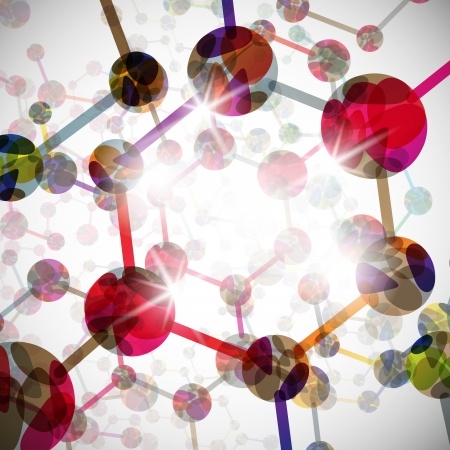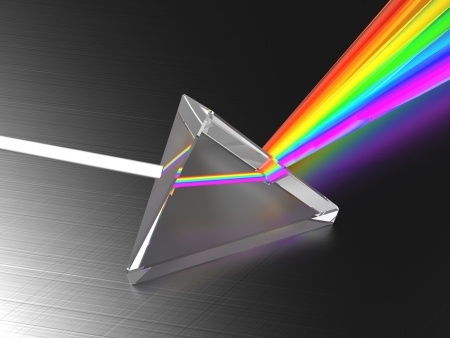This regular feature of STAOblog brings you a sampling of the latest science news that would be of particular interest to your students. Incorporate these stories into your lesson. Or, use them as a “cool attention-grabber” at the start of class. Above all, enjoy the discussion and get your kids excited about science! “SciNews” is published every Monday and Thursday.
Share your favourite SciNews “gems” by emailing them to staoblog@stao.org.
How you use scinews in your class? Share your tips using the comment button.
 Biology
Biology
The secret of fast runners: symmetry. Science News for Students.
To be a swift runner you need strong muscles, a powerful heart, determination and — symmetrical knees? That’s what scientists learned when they studied some of the world’s top sprinters. Science has shown that animals and people with more symmetrical bodies tend to be stronger and healthier than those who are a bit lopsided. But this is the first time researchers have been able to predict who will be the fastest runners just by measuring their knees. Read more…
Were Neanderthals a sub-species of modern humans? New research says no. Science Daily.
Researchers have identified new evidence supporting the growing belief that Neanderthals were a distinct species separate from modern humans (Homo sapiens), and not a subspecies of modern humans. Read more…
 Chemistry
Chemistry
Artificial sweeteners pollute streams. Science News for Students.
In the past few decades, diners have been turning increasingly to soft drinks and foods sweetened with fake sugar. The idea is to get the sweet taste without loading up on calories. But a new study finds an environmental cost to these sweeteners: In short order, they can end up polluting lakes and streams. Read more…
 Physics
Physics
How the hummingbird achieves its aerobatic feats. Science Daily
Although hummingbirds are much larger and stir up the air more violently as they move, the way that they fly is more closely related to flying insects than it is to other birds. Now, the most detailed, three-dimensional aerodynamic simulation of hummingbird flight conducted to date has definitively demonstrated that the hummingbird achieves its nimble aerobatic abilities through a unique set of aerodynamic forces that are more closely aligned to those found in flying insects than to other birds. Read more…
Wind power is looking up — to the clouds. Science News for Students.
For the year ending this past April, slightly more than 4 percent of U.S. electricity came from wind power. That may not sound like much, but it’s more than 20 times as much energy from wind as the nation produced in 2000. Wind power is booming, largely due to a search for energy from sources other than fossil fuels, such as petroleum and coal. Much of today’s wind power comes from big “farms” that have many tall, modern windmills, called wind turbines. These machines have long shafts. In some designs, they can reach taller than a 10-story building. These shafts are topped by giant blades. These connect to a generator that converts the energy of their spinning motion into electricity. Read more…
 Earth and Space Science
Earth and Space Science
Lightning strikes will surge with climate change. Science News for Students.
Global warming could have an electrifying effect. Rising temperatures may increase lightning strikes by 50 percent over the next 100 years, researchers report. “For every two strikes you get today, you’ll get three strikes at the end of the century,” explains David Romps. He’s an atmospheric scientist at the University of California, Berkeley. Romps was the lead author of the new study. It appeared November 14 in Science. Read more…
Gravity may have saved the universe after the Big Bang, say researchers. Science Daily
Physicists may now be able to explain why the universe did not collapse immediately after the Big Bang. Studies of the Higgs particle — discovered at CERN in 2012 and responsible for giving mass to all particles — have suggested that the production of Higgs particles during the accelerating expansion of the very early universe (inflation) should have led to instability and collapse. Read more…




